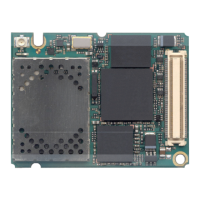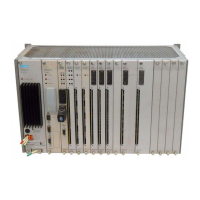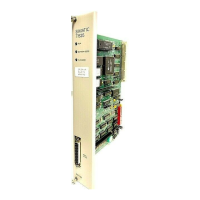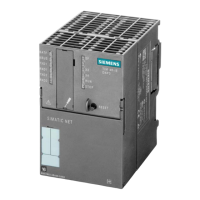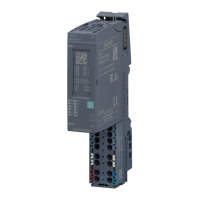5/54
Siemens TX-I/O™ Module system – Functions and operation CM110561en_08
Building Technologies Introduction 2018-10-25
1.6 TX-IO™ terms and definitions
Device with supervisory function for an assigned set of I/O devices
(room automation station, automation station or bus interface module BIM)
(TX-I/O module bus)
• Communications bus between the bus master (room automation station, automation
station or bus interface module) and the connected TX-I/O modules.
• Simultaneously carries the supply voltages for the modules and the field devices.
• The bus is created automatically through the interconnection of the TX-I/O modules.
"Active" power supply module that converts AC 24 V to DC 24 V. It supplies power for
operation of the module electronics and of DC 24 V and AC 24 V field devices)
"Passive" module which passes communication signals and DC 24 V between multiple
I/O rows and/or serves as a connection point for additional AC / DC 12 … 24 V supply for
Bus interface module (BIM)
Interface between the island bus and another bus. Acts as an island bus master.
Interface between a P-Bus automation station (Desigo, Unigyr, Visonik) and the island
bus.
Interface between a PROFINET system and the island bus.
All TX-I/O devices that are physically connected to the same island bus segment and
linked to the same bus master.
One I/O island may consist of several rows of modules, each referred to as an "I/O row".
Each I/O row starts either with a bus master, or a power supply module, or a bus
Device in which the physical signals from the field devices are converted into software
process values and vice versa.
An I/O module has a specific number of I/O points, determined by the module type.
The I/O module assemblies (normally called I/O modules) consist of a terminal base and
Smallest addressable unit in an I/O module.
One or more I/O points (e.g. three-stage switching output) correspond to each data point
/channel on the room automation station / automation station.
The cables of the field devices (peripheral devices) are connected to the terminals.
The plug-in component with the module electronics that can be removed from the terminal
base.
The base unit for the TX-I/O module, which is mounted on the standard mounting rail and
to which the wiring is connected. The terminals have the function of control panel terminal
Accessory, which must be plugged into the plug-in module. The module address is
assigned via the mechanical coding of the key.
Serves to reset the module function to the factory state.
Is inserted in place of the address key and can then be removed.
From the perspective of the building automation and control system, the module address
consists of a module number (range 1…120) and an I/O point number (range 1…16).
The function of an I/O point, which determines how it operates (e.g. signal input, 0…10 V
voltage output etc.).
Certain functions may use more than one I/O point (e.g. multi-stage switching output).
Software image of the physical value in the field device. Communicated on the bus.
Defining the functionality of an I/O point by setting an I/O function and its parameters.
Any I/O function (existing in a module before the download) and its I/O points are disabled
first. For details refer to the TX I/O engineering documentation [8], [9]
Changing the properties of an I/O function during configuration or at runtime.
For details refer to the TX I/O engineering documentation [8], [9]
Tool override,
Each BACS has its own tools.
Designation of the signal of a physical input
Total Room Automation New: Desigo Room automation

